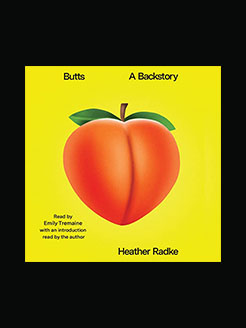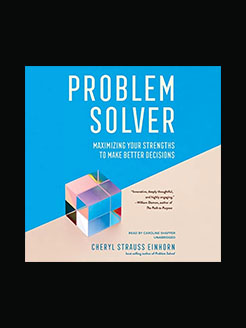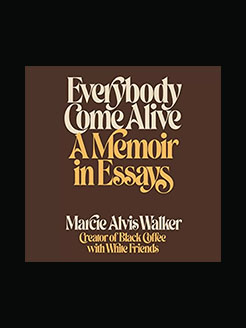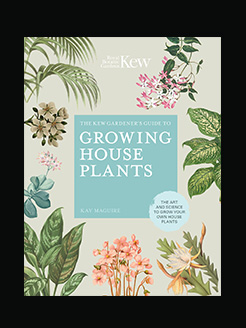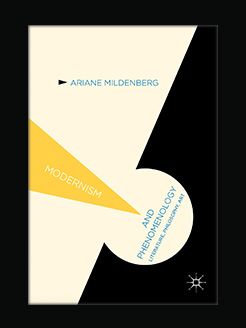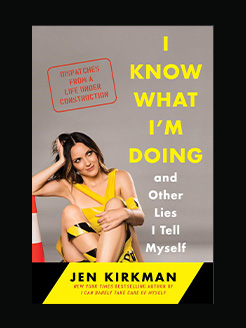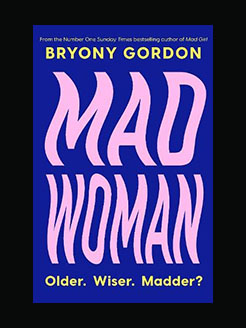Published in 2022
136 pages
Amina Memory Cain is the author of the novel Indelicacy, a New York Times Editors’ Choice and staff pick at the Paris Review, and two collections of short fiction, Creature, out with Dorothy, a publishing project, and I Go To Some Hollow, with Les Figues Press. Her writing has appeared in Granta, The Paris Review Daily, n+1, BOMB, Full Stop, the Believer Logger, and other places.
She has also co-curated literary events, such as When Does It or You Begin?, a month long festival of writing, performance, and video at Links Hall in Chicago, Both Sides and The Center, a summer festival of readings and performances enacting various levels of proximity, intimacy, and distance at the MAK Center/Schindler House in West Hollywood, and the Errata Salon, a talk/lecture series at Betalevel in Los Angeles’ Chinatown.
She lives in Los Angeles and is a literature contributing editor at BOMB.
What is this book about?
A virtuosic meditation on literature and life in the tradition of Virginia Woolf’s A Room of One’s Own and William H. Gass’s On Being Blue.
“Without planning it, I wrote a diary of sorts. Lightly. A diary of fiction. Or is that not what this is?”
A series of essayistic inquiries come together to form a sustained meditation on writers and their works, on the spaces of reading and writing fiction, and how these spaces take shape inside a life. Driven by primary questions of authenticity and freedom in the shadow of ecological and social collapse, A Horse at Night: On Writing moves associatively through a personal canon of authors—including Marguerite Duras, Elena Ferrante, Renee Gladman, and Virginia Woolf—and topics as timely and various as female friendships, zazen meditation, neighborhood coyotes, landscape painting, book titles, and the politics of excess. Amina Cain’s first nonfiction book is an individual reckoning with the contemporary moment and a quietly brilliant contribution to the lineage of Woolf’s A Room of One’s Own or William H. Gass’s On Being Blue, books that are virtuosic arguments for—and beautiful demonstrations of—the essential unity of writing and life.
